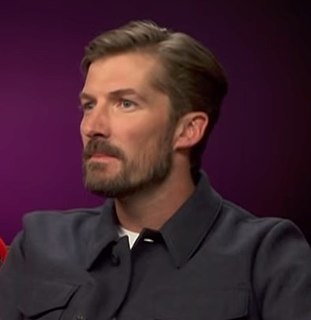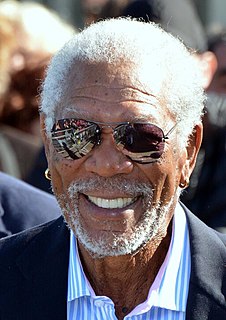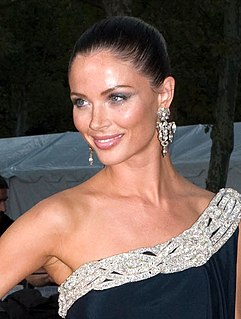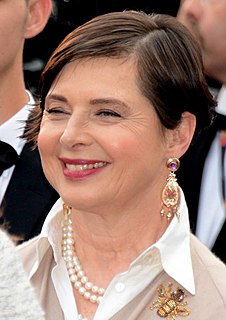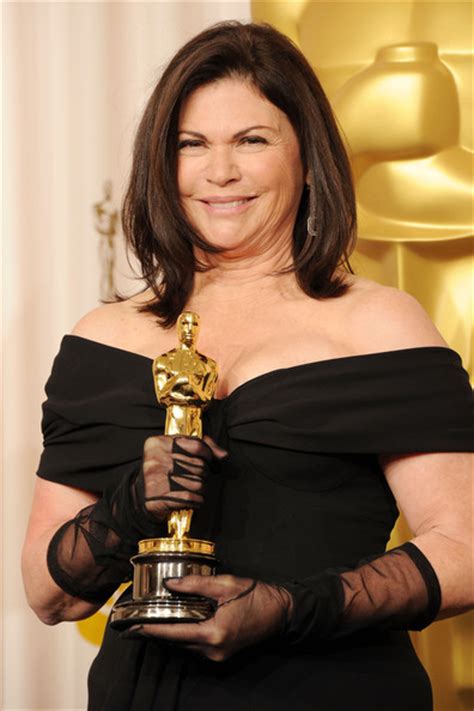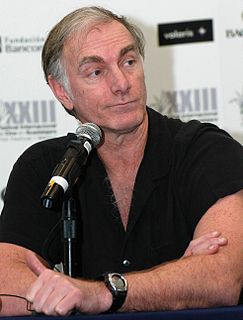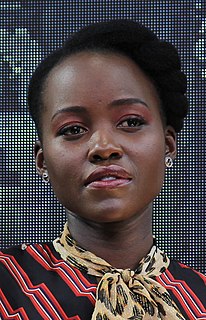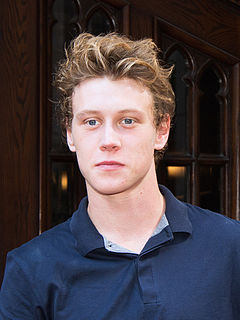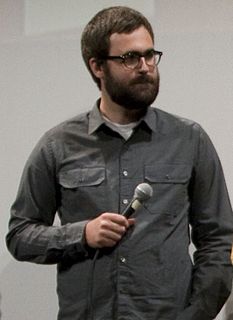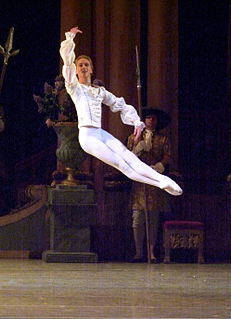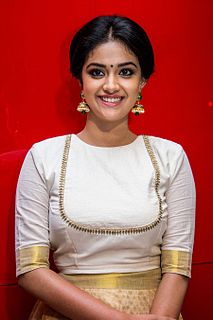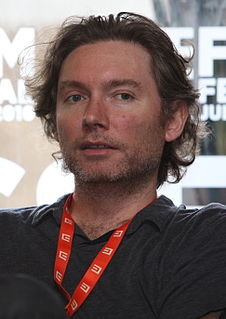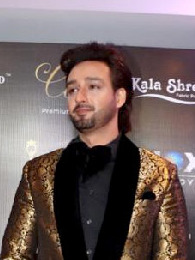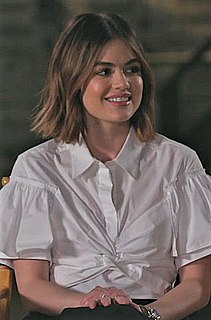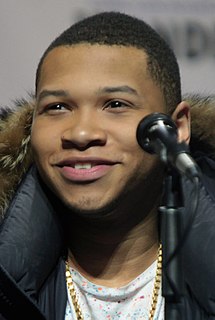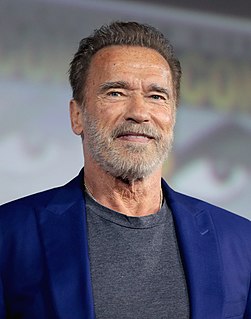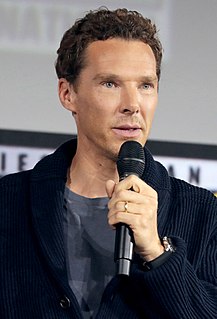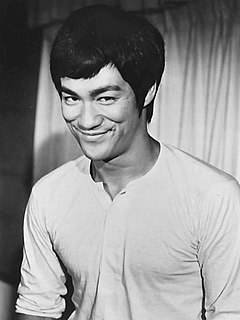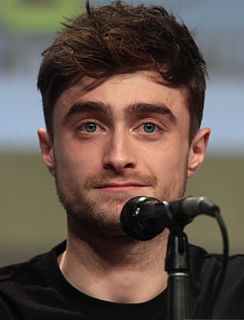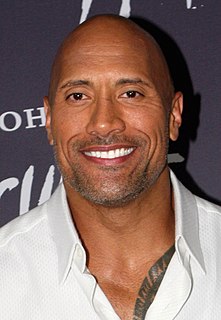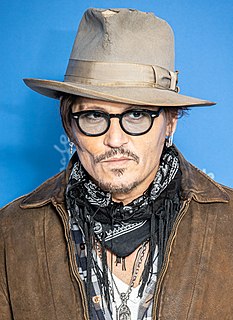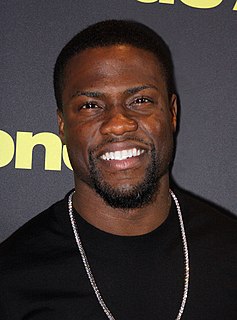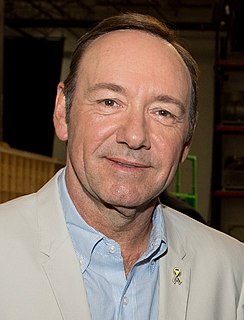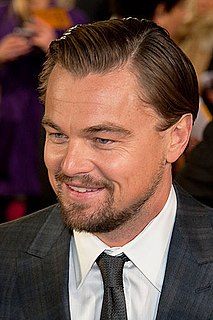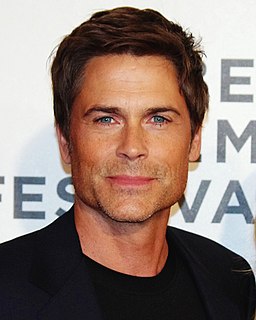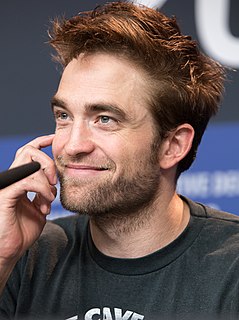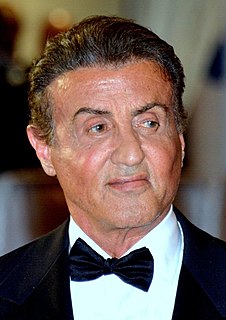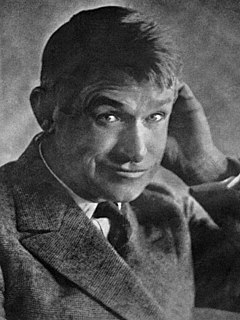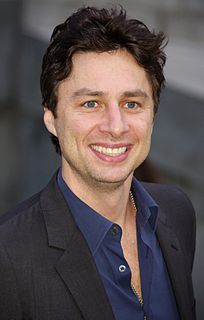A Quote by Gwilym Lee
Yes, I love going to fittings and talking about the history of a costume. For 'Versailles,' a play set in 1919, the costume designer told me that pocket squares had just been introduced. The tango was becoming fashionable in London, and dancers used them to mop their brows. I love to learn fascinating stuff like that.
Related Quotes
Costume is always an asset. Normal costume you have a lot to say about - if you're wearing suits or ties, and what color you want, and how it's going to be cut, and stuff like that, and whether or not you're going to wear a hat, and blah, blah, blah. But, when you're wearing a special costume, and of course, costume is probably the second ingredient in character, script being first, I always find that the costume does a lot to cement your character, to put it firmly in mind.
I design for the movie and the character as well as the person wearing the costume. I show the ideas to the actor, then do fittings for shape and technical things such as movement in the costume. Once the costume in this form is on the actor, you have a sense of their connection with it. I then take it to the next level with the final fit.
I remember in my very first fitting, costume designer Patricia Norris gave me a garment with these intricate stitches - stitches over stitches, because it had been repaired so many times. Once I put it on, she told me that it belonged to an actual slave woman. My heart just stopped. Each one of the stitches had a story, you know. Just recognizing this period I was going to be dancing with was a "come to Jesus" moment.
